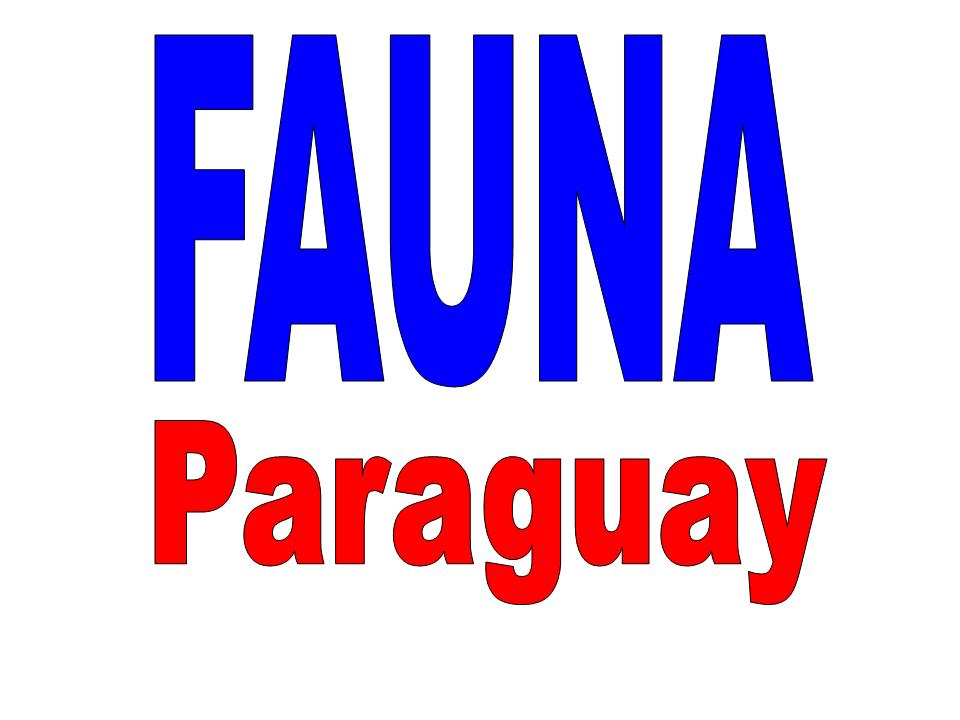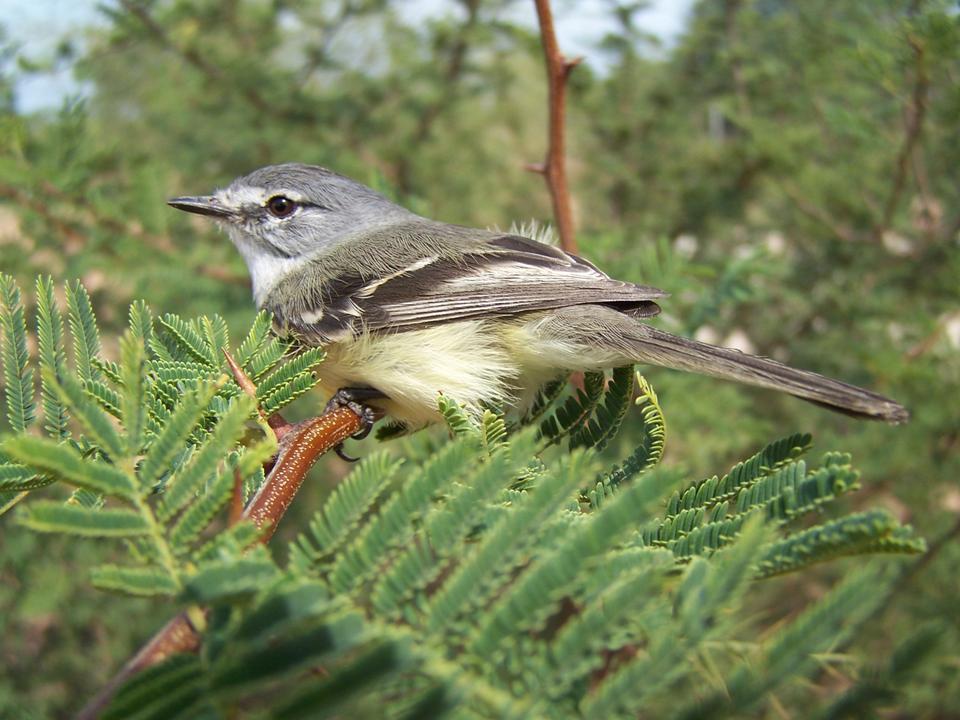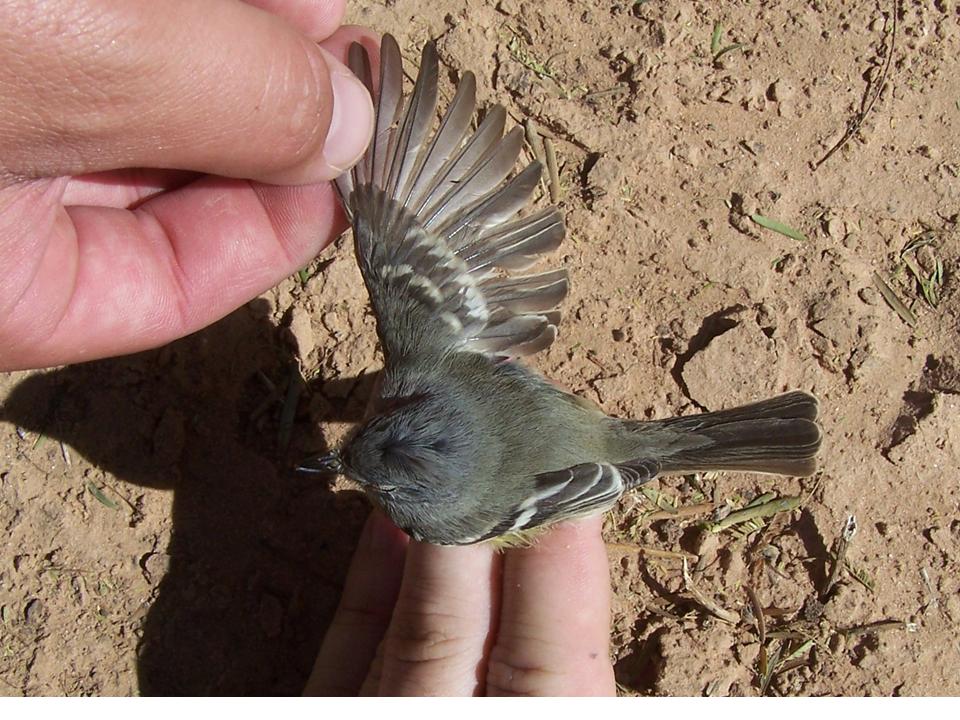
Designed by Paul Smith 2006. This website is copyrighted by law.
Material contained herewith may not be used without the prior written permission of FAUNA Paraguay.
Photographs on this web-site were taken by Paul Smith, Hemme Batjes, Regis Nossent,
Lars Hansen and Huguito Cabral and are used with their permission.

"UNNAMED" TYRANNULET Serpophaga/Inezia sp.
In the mid 90s fieldworkers in Argentina were confused by what appeared to be White-crested Tyrannulets that called completely differently from the usual voice of the species. Further studies revealed the subtlest of plumage differences and it became clear that a second, hitherto undiscovered, cryptic species was involved. The cryptic species (which is still awaiting formal description) has since been found in Paraguay too, where it is at least as widespread as the White-crested. Despite the similarity, vocal studies suggest that the two may not even be particularly closely-related, the cryptic species sounding more like tyrannulets of the genus Inezia.
FIGURE 1 - Adult, PN Teniente Enciso (Paul Smith July 2006).
FIGURE 2 - Adult upperwing, Ruta Trans-Chaco km650 (Paul Smith July).
VIDEO - Adult, Ruta Trans-Chaco km650 (Paul Smith July).
This newly described cryptic species still awaits description. It is extremely similar to but vocally quite different from White-crested Tyrannulet Serpophaga subcristata. Note the supercilium broken just over the eye and that no white crest is visible. However failure to observe a white crest in the field does not necessarily mean this species as White-crested Tyrannulet often keeps the crest hidden.
 | FIGURE 1 |
|
 | FIGURE 2 |
|

